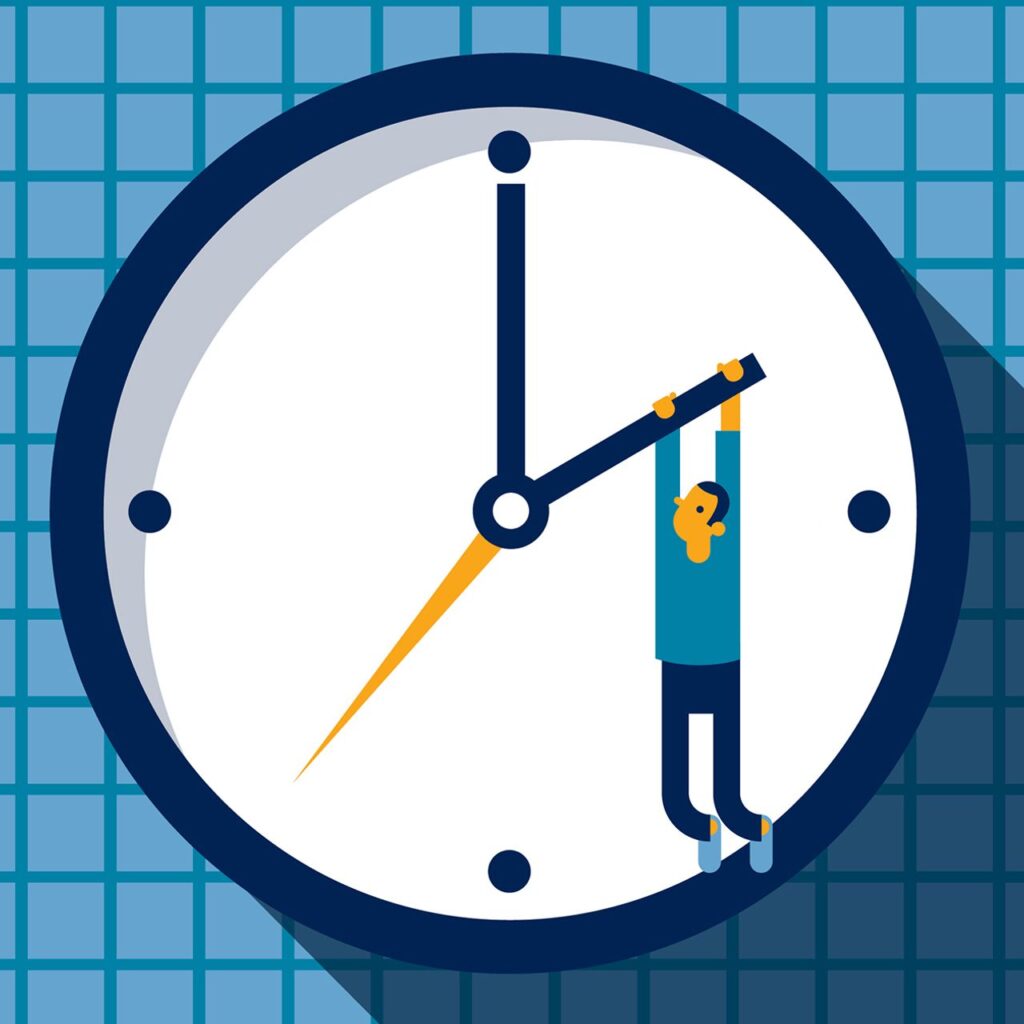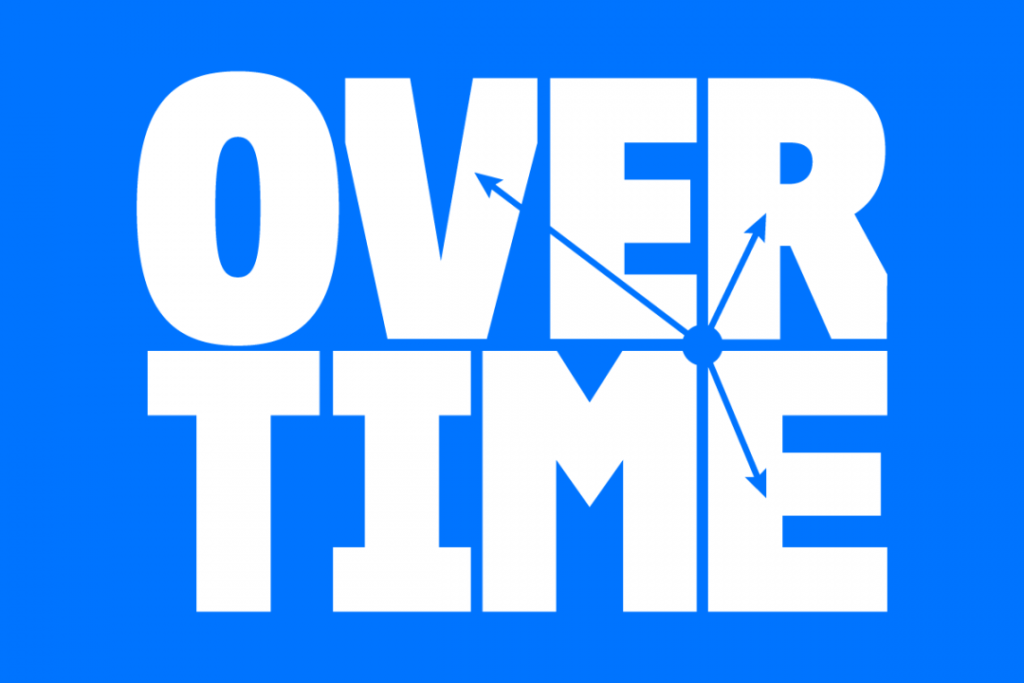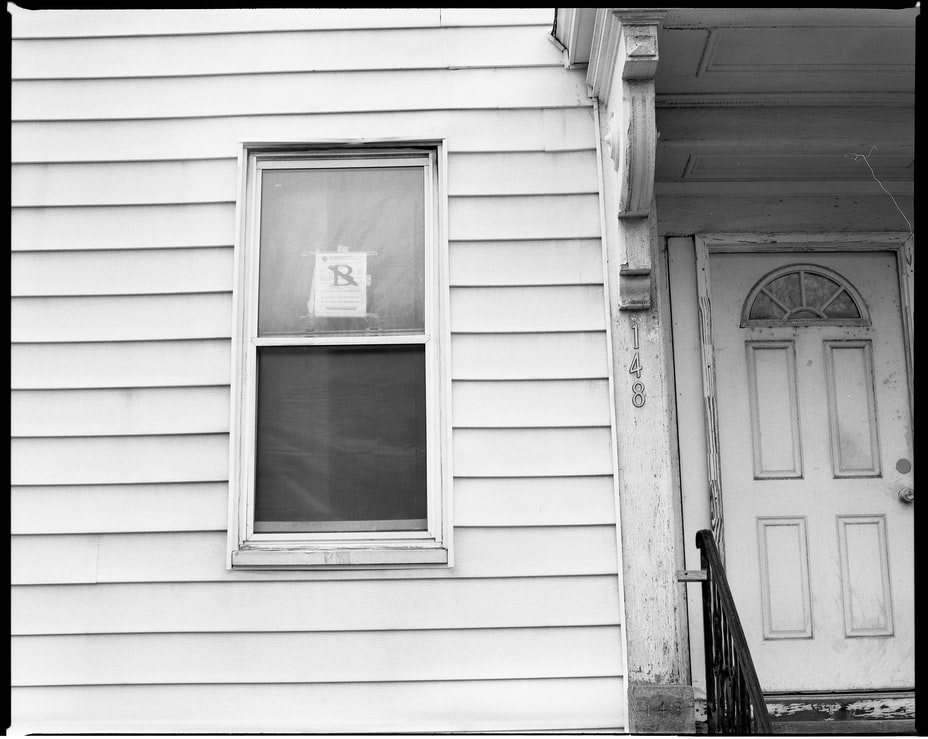Capitalism’s Dual Role
Poverty in the developed world exists as a paradox: affluent nations with vast resources still grapple with systemic inequality, homelessness, and food insecurity.
This reality underscores how poverty is not merely an economic issue but a political one, shaped by policy choices, power dynamics, and the structural forces of capitalism.
While capitalism has driven unprecedented wealth creation, its association with poverty reveals a complex interplay of exploitation, inequality, and insufficient social safeguards.

1. The Structural Roots of Poverty in Capitalist Systems
Capitalism’s core mechanism—profit-driven markets—has historically generated prosperity but also entrenched inequality.
In developed nations, poverty persists despite economic growth because wealth concentrates at the top. For instance, the top 10% of earners in the U.S. control 70% of wealth, while the bottom 50% own just 2.6%.
This disparity stems from policies favoring capital over labor, such as tax cuts for corporations and weakened union protections. The decline of unions, from 34% of U.S. workers in the 1950s to 10% today, correlates with stagnating wages and rising precarious work.
Capitalism’s “creative destruction” also perpetuates poverty. Technological advancements and globalization displace workers, while austerity measures—often justified under neoliberal ideologies—slash social safety nets.
For example, post-2008 austerity in Europe increased poverty rates, particularly in Greece and Spain, where public spending on healthcare and education was curtailed.

2. Political Choices: Reinforcing or Alleviating Poverty?
Poverty in developed nations is not inevitable but a product of political decisions.
Governments shape economic systems through taxation, labor laws, and welfare programs. The U.S., despite its wealth, has a higher poverty rate (11.6%) than peer nations like France (8.1%), partly due to weaker social transfers.
Countries with robust welfare systems, such as Nordic nations, demonstrate that poverty can be mitigated through progressive taxation and universal healthcare.
However, corporate influence often skews policy.
Lobbying by wealthy elites undermines reforms like minimum wage increases or affordable housing initiatives. For example, the 2017 U.S. tax reform disproportionately benefited high earners, exacerbating income gaps.
Similarly, privatization of public services—a hallmark of neoliberal capitalism—shifts costs to individuals, deepening poverty among low-income households.

3. Globalization and Its Discontents
Globalization, while boosting aggregate growth, has unevenly distributed benefits. In developed nations, offshoring jobs to low-wage countries decimated manufacturing sectors, leaving communities in “rust belts” like the U.S. Midwest or northern England.
These regions now face entrenched poverty, with limited access to high-skilled employment. Meanwhile, corporate profits soar: Apple’s $394 billion revenue in 2023 starkly contrasts with the 44 million Americans living below the poverty line.
Political globalization—trade agreements and deregulation—often prioritizes corporate interests over workers’ rights. The North American Free Trade Agreement (NAFTA), for instance, displaced U.S. factory workers while enriching multinational firms.

4. Capitalism’s Contradictions: Growth vs. Equity
Proponents argue capitalism reduces poverty through innovation and growth. Indeed, extreme poverty globally fell from 94% in 1820 to 9.6% in 2015, largely due to market expansion. Yet, in developed nations, relative poverty—measured against national standards—remains stubborn.
The U.S. federal poverty for a family of 4 is 19 times higher than the global threshold of $2.15 day, yet 37 million Americans still fall short.
Critics highlight that capitalism’s focus on profit often neglects human needs.
For example, pharmaceutical companies prioritize lucrative drugs over affordable medicines, leaving millions in debt or untreated 11. Similarly, speculative housing markets in cities like London and San Francisco price out low-income residents, fueling homelessness.

5. Pathways to Reform: Reimagining Capitalism
Addressing poverty in developed nations requires rebalancing capitalism with equity-driven policies:
• Wealth Redistribution: A 1% tax on billionaire wealth could fund global poverty eradication.
• Labor Empowerment: Reviving unions and mandating living wages can reduce income inequality.
• Social Safety Nets: Expanding programs like universal childcare and housing subsidies, as seen in Finland, lifts marginalized groups from poverty.
• Green Transitions: A Global Green New Deal could create jobs while combating climate-driven poverty.
Conclusion: A Political Imperative
Poverty in the developed world is neither accidental nor natural—it is a political outcome.
Capitalism’s role is dual edged: it generates wealth but distributes it inequitably. Tackling poverty demands dismantling systemic barriers through progressive taxation, corporate accountability, and robust social policies.
As philosopher Lisa Herzog notes, markets prioritize “moneyed desires over unmoneyed needs”. Redirecting this focus toward justice and equity is not just an economic necessity but a moral imperative.
The choice lies with policymakers: perpetuate a system where poverty coexists with opulence or forge a new paradigm where prosperity is shared. The latter path, though fraught, offers the only route to a just society.











